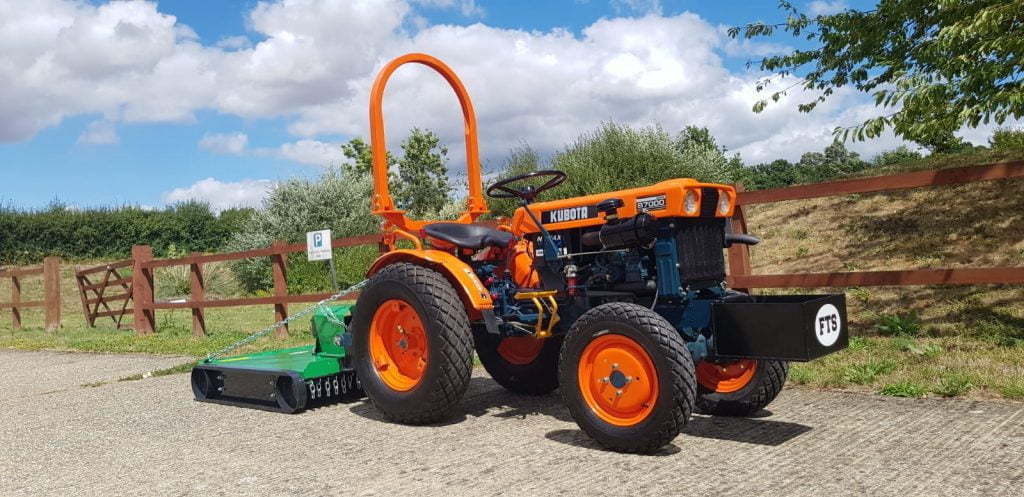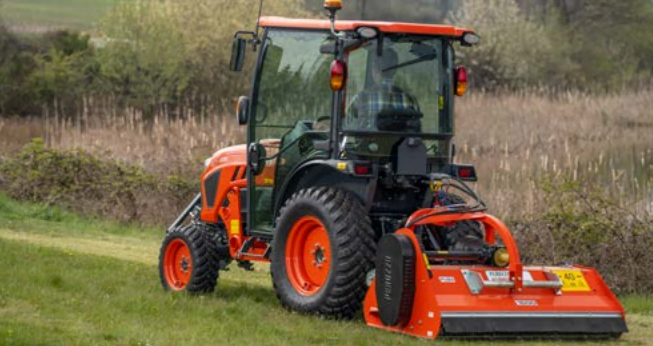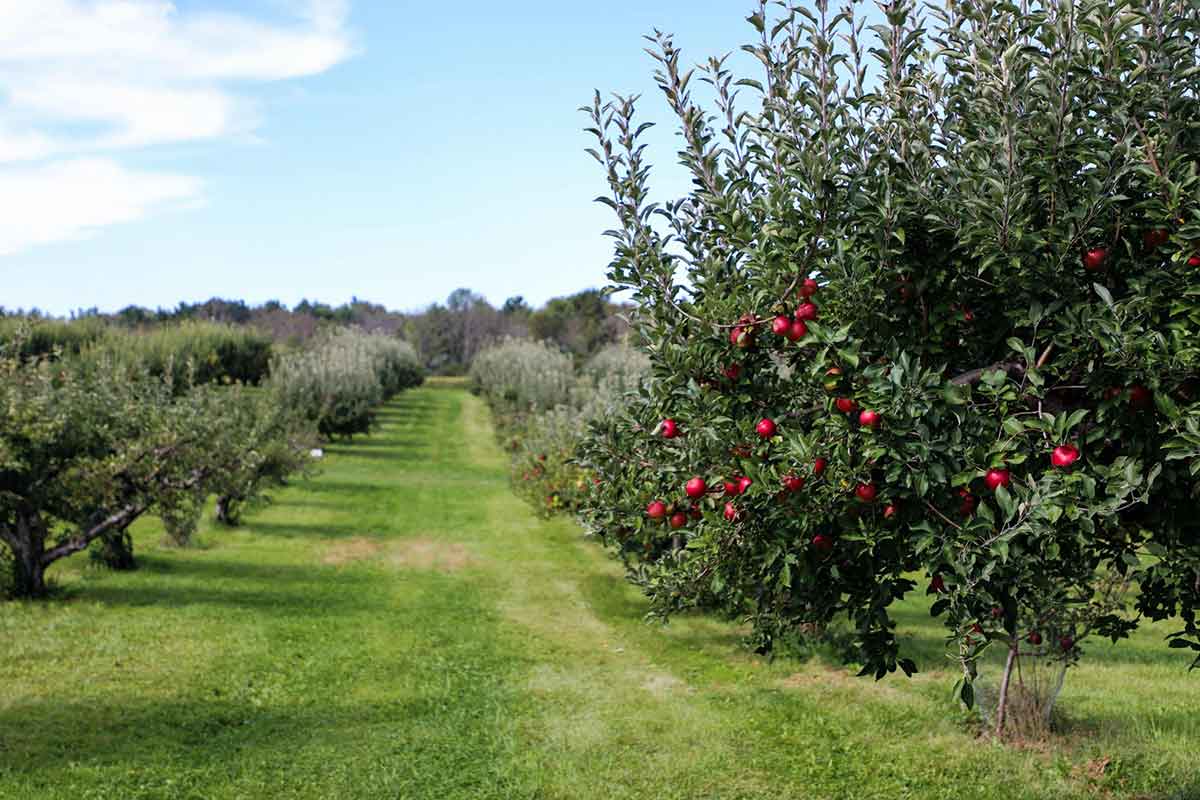Kubota is one of the best-selling compact tractor brands in the UK, but their manufacturing history is varied. ‘For the earth, for life’ , from humble beginnings in Japan to their current popularity in this country, their story is well-worth a read.

Humble Beginnings
Kubota was originally established as a foundry in Osaka, Japan in February 1890, producing castings for weighting equipment and other daily commodities. Three years later the company began the manufacture of cast iron water pipes. In 1917, production was relocated to the Amagasaki Plant and within five years, they were making oil-based engines for the agro-industrial arena, heat-resistant cast iron, and settanki, a fuel economizer which used waste gas to save energy.
1947 saw the further diversification of their products, with a cultivator, and in 1953, with their entry into construction equipment, such as power shovels, but also marine deck machinery. After four more years, their ‘Colorbest’ housing material started production.
The beginning of the 1960’s was also the beginning of Kubota’s legacy in tractors, as well as rice paddy tractors. The end of the decade brought in the production of combine harvesters and an integrated agricultural mechanisation system, which led to the company branching out into the USA as Kubota Tractor Corporation. In 1986, Kubota expanded their repertoire even further with the production of electronic circuit boards, hard discs and radio-controlled lawnmowers. In 2009, Kubota became the first Japanese company to begin tractor production in Thailand, and since then have spread both production and sales across the globe. For a more in depth history, check out our previous blog, the History of Kubota.

A Smart and Caring Future
Kubota has long aspired to making a better world. They demonstrated their social conscience in 2008, when they started the ‘Kubota E-Project’. This is still running and contributes to multiple areas. As food and water are indispensable, these have become areas the company supports for local communities, in order to create stable and sustainable sources. Kubota is also committed to aiding in the clear-up after natural disasters, as well as more day to day investment in sports and education.
1992 was one of the first concrete examples of the company’s green credentials, with the beginning of research into high-efficiency, waste-generated incineration plants. In more recent years, Kubota has brought out a large range of electric and low-emission construction equipment. An electric compact tractor, the LXe-261, will be released for long-term rental in Europe in April 2023, which will likely be available for sale in the next few years.

Today’s Tractors
Kubota has an expansive range of compact tractors, with one to fit any requirement:
- The B1 series is an all-rounder, with a compact 18-24 hp but impressive pulling power.
- A veteran around for 20 years, the BX range has evolved into a particularly agile tractor with 23-26 hp to play with.
- The B2 line boasts all the comfort of a larger tractor, but also the versatility and performance of the other compact tractors from Kubota, with a horse power of 23-26.
- A higher horse power tractor can be found in the LX series, with 35-40 hp. It can tackle agriculture, grasscare and urban maintenance with ease.
- The L1-382 has one of the best price-performance comparisons of any of the Kubota compact tractors, offering easy operation and maintenance, as well as a sturdy build with 38 hp.
- With the second-highest horse power of the Kubota compact tractors, with 45-55 hp, the L1 range has a powerful engine and a large lifting capacity.
- The highest horse power belongs to the L2 series, with 45-61 hp, making this a great professional compact tractor.
- The range with the greatest variation is the ST These tractors have horse power between 45-61, choice of a roll bar or a cab, as well as the option of a front loader.
Find your local dealer here: https://kuk.kubota-eu.com/service-support/dealer-finder/








